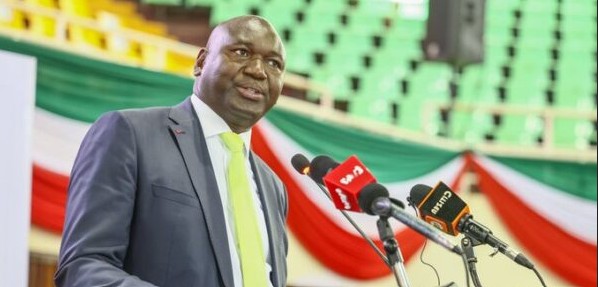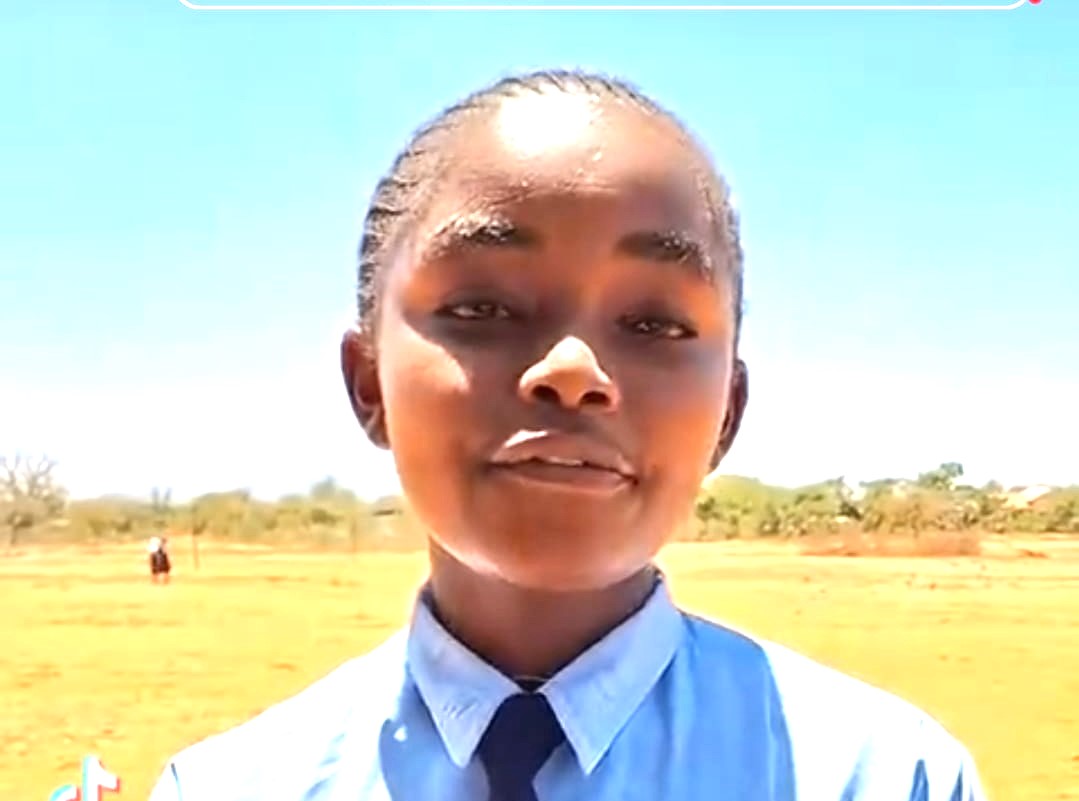The Ministry of Education, MoE has closes down 10 ghost schools and plans to merge 6000 learning institutions operating with low enrollment mapped out after the recent audit.
According to the audit, the ministry found that 6,000 schools have fewer than 100 learners, while 10 secondary schools revealed zero enrolment, raising concerns over possible mismanagement of public funds.
The 10 secondary schools that have been closed include Kiria Secondary in Nyandarua, Dr Machage Moheto in Migori, Ragia Forest High in Kiambu, Mugwandi Mixed in Kirinyaga, Friends Bulovi in Kakamega, Loiwat High in Baringo, Ngamba Secondary in Murang’a, Sintakara Secondary in Narok, Maji Mazuri Mixed in Baringo and Fr Leo Staples Girls in West Pokot.
Education Cabinet Secretary Julius Ogamba noted that of the 6000, some 2,145 public primary schools had fewer than 45 learners each, while 3,979 junior secondary schools had 90 or fewer students.
He noted that even as the audit is ongoing, the discovery of 10 secondary schools with no learners highlights the potential loss of billions of shillings previously disbursed to ghost students.
“These schools had teachers but no learners. We are investigating whether monies were released to these schools in the past to determine if there was fraud. Evidence from this exercise will be submitted for criminal investigations if necessary,” he said.
Ogamba said thousands of other schools have yet to verify the actual number of learners, exposing more potential ghost students.
The clean-up was prompted by earlier findings from the Office of the Auditor General, which had raised concerns that some schools receiving government funding either did not exist or could not prove the presence of enrolled learners.
ALSO READ:
71 KCSE candidates receive aid after floods displaced families in Trans Nzoia
The CS also confirmed that the ministry has withheld capitation where enrolment data is questionable, with Ksh1.2 billion yet to be distributed to schools with unverifiable figures.
The CS told the MPs that, in primary schools, 5,833,175 learners were reported across 23,889 schools. After verification, only 16,788 schools were cleared for full capitation.
A further 3,065 schools either failed to submit enrolment data or submitted unverifiable figures, and the ministry released only 50 per cent of their allocation, pending further verification.
In junior secondary schools, 2.43 million learners were initially reported, but verification showed 2.94 million learners in 20,630 schools were eligible for full funding. Capitation to 934 schools was withheld due to missing or erroneous data.
For secondary schools, the ministry had received Ksh10.37 billion for 3.35 million learners in 9,550 schools. Verification cleared 3.2 million learners in 9,540 schools, disbursing Ksh10.09 billion. The 10 schools without learners were closed.
Ogamba emphasised that the ministry is committed to improving accountability.
ALSO READ:
MoE launches mental health framework to redefine school discipline in Senior Schools
“We are keen to clean our data and ensure that all resources allocated to us are utilised for the right purpose and in an accountable manner. We aim to ensure that the resources we ask for and the decisions we make on the use of those resources are based on accurate and verifiable data and evidence,” he said.
The ministry has also pledged to rationalise resources by merging schools with extremely low enrolment and reassigning teachers where needed. It is also tightening monitoring to prevent further loss of public funds through ghost learners and non-existent schools.
During the third-term disbursement, Ksh10 million was allocated to Free Day Secondary School, Ksh5.1 billion to Free Day Junior School and Ksh1.7 billion to Free Primary Education, totalling Ksh16.5 billion, with Sh1 billion still undistributed pending verification.
“The Office of the Auditor General reported that some schools that had received capitation from the ministry were non-existent. Following this, we launched a comprehensive verification exercise to determine the actual number of schools and learners,” Ogamba said.
By Juma Ndigo
ou can also follow our social media pages on Twitter: Education News KE and Facebook: Education News Newspaper for timely updates.
>>> Click here to stay up-to-date with trending regional stories
>>> Click here to read more informed opinions on the country’s education landscape






